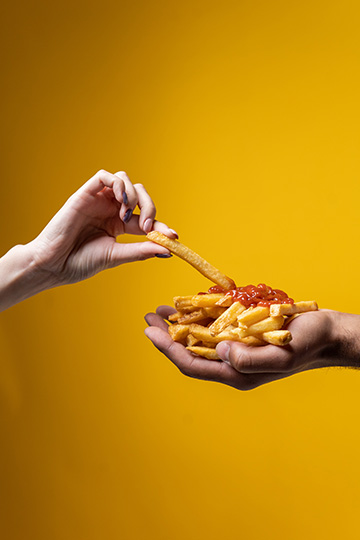How To Incorporate Fitness Into Your Family Routine
People in Alexandria, VA, are realizing that eating healthier and being active makes life healthier. Most wish they would have started earlier. It helps maintain a healthy weight and provides more than just physical benefits. It also offers mental benefits. Children who are active and eat healthier meals do better in school. It’s time to share a life of good health with your family. You don’t have to force the kids to eat bean sprouts and do calisthenics at the crack of dawn, you can add fun activities. You can slowly change how you cook to increase nutrition. The changes you make today affect your family’s health tomorrow.
Change your family’s diet slowly.
Start by changing how you cook if you fry everything or eat at fast food restaurants regularly. The change doesn’t have to be drastic. If your kids love fried chicken, switch to roasted chicken like you find prepared in the grocery made at home in the air fryer. Find ways to substitute ingredients to maintain the taste but add nutrients while you reduce the calories. You can use meal planning where you cook everything for the week in one day. During the week, just heat and serve.
Make being active fun.
You don’t have to do jumping jacks to exercise and get benefits. Buy hula hoops for everyone and have contests. Go for walks or bike rides. You can build their minds and bodies by taking trips to nature preserves or museums. Museums are large and you walk a lot as you see all the exhibits. If you have the space, start a family vegetable and herb garden. You can even do patio gardening. You’ll be surprised how much fun eating vegetables can be when you grow them yourself.
Plan gifts around an active lifestyle.
Family time should be active time and the gifts you give should reflect that. Instead of the latest video game, give the whole family rollerblades or bikes. Find a sport or activity your kids enjoy and plan gifts around that. Gifts don’t have to be sports equipment. They can be a family vacation to a large amusement park. If you’ve ever spent a day walking these parks or standing in line, you already know how active and wearing a trip can be. You’ll boost everyone’s activity level and make memories at the same time.
- Start sitting at the table for supper at least one day a week. Don’t allow electronic devices. Eating together, sitting down, and socializing cause everyone to eat slower and make meals more enjoyable.
- When the weather is foul, find ways to exercise in the house. Turn on the music and dance. It doesn’t have to be fancy to be fun.
- Have healthy snacks ready in the refrigerator. Vegetables and dip, yogurt with fruit and nuts, and fruit, like melon, cut in bite size pieces are examples.
- Get the kids to help make meals. Food always tastes better when you help prepare it. Have them make salads with vegetables you prepared if they’re young and give them more difficult tasks as they get older.
For more information, contact us today at Team Worx Fitness










